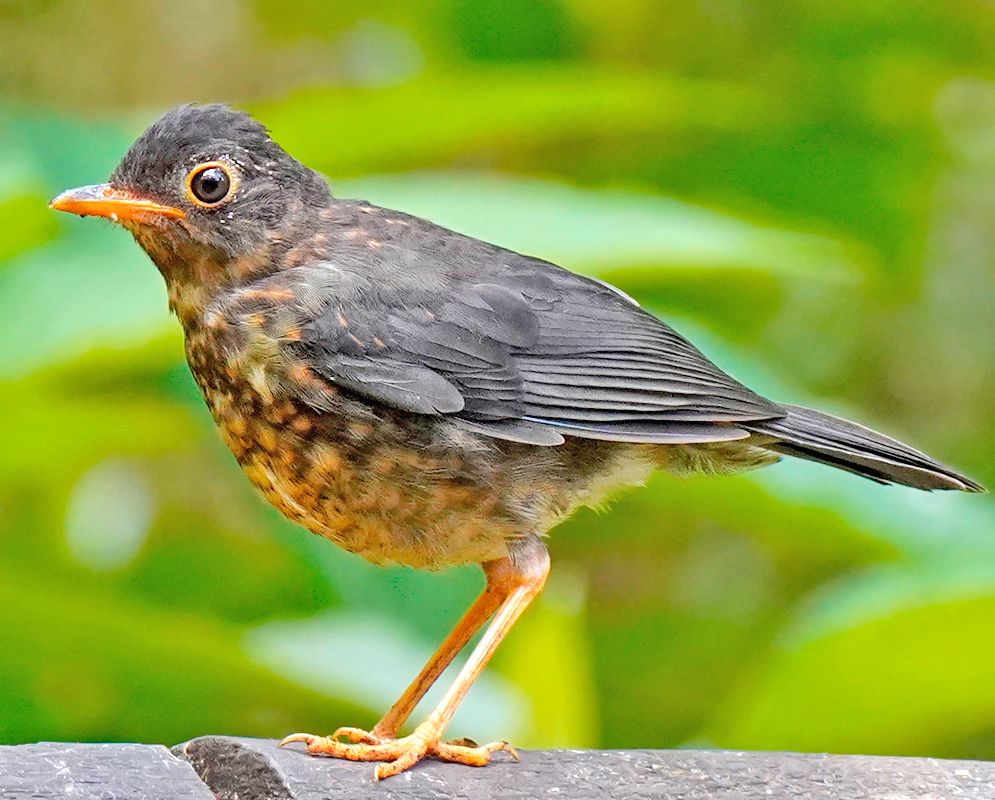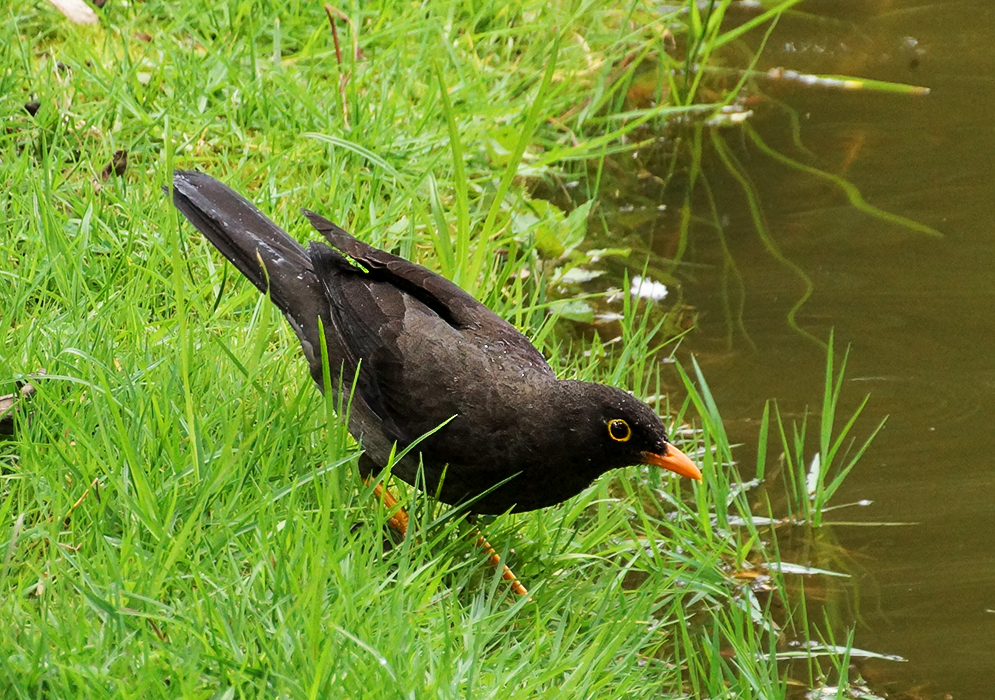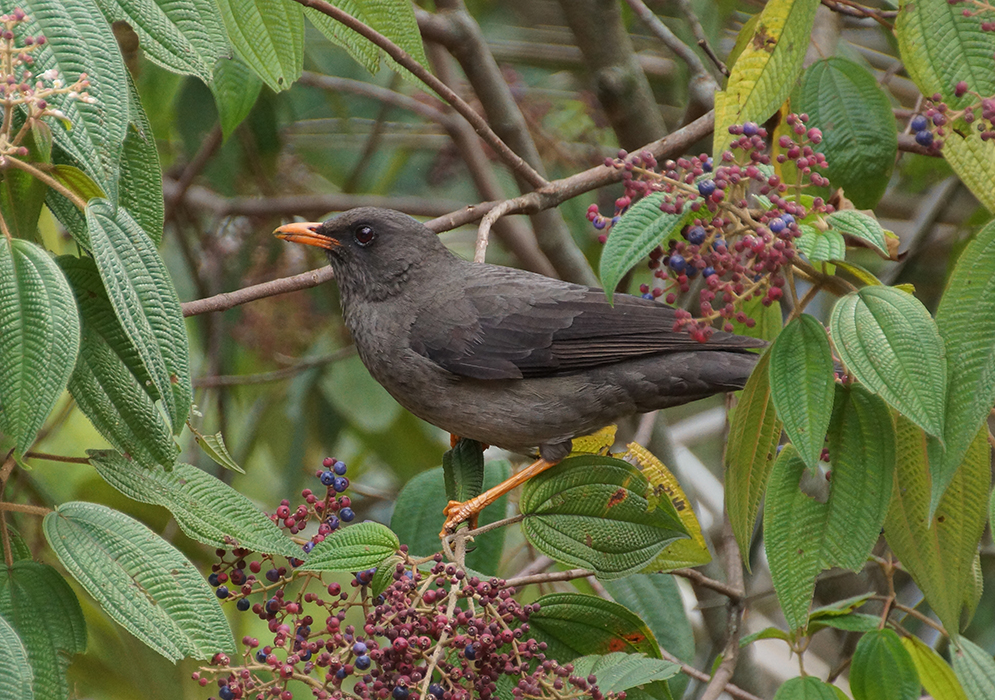This post has 11 Simple Fields-fields attached. Show fields.

The Great Thrush is largest thrush in South America. It is found across a broad region, including Bolivia, Colombia, Ecuador, Peru, and Venezuela. The great thrush inhabits subtropical or tropical moist montane forests and high-altitude shrubland but has also adapted to living in degraded forest and urban areas. It is a typical bird of the Andean highlands, preferring altitudes of 5,905–13,123 feet, though it can be found at lower altitudes in some areas. This bird is a common sight in urban habitats in highland areas, such as Quito and Bogota, indicating its adaptability to human-altered environments. The species exhibits seven recognized subspecies, each with a distinct geographic distribution across its range. These subspecies show subtle differences in coloration, with variations in the shades of black-brown plumage, the darkness of wings and tail, and the pale color of the belly. The great thrush's physical features include a yellowish-orange beak and legs, and a yellow ring around the eye. Adult great thrushes range in size from 11 to 13 inches in length and weigh between 4.5 and 6.2 ounces, with an average weight of 5 ounces. This size makes the great thrush one of the largest in the wide-ranging Turdus genus. Some sexual dimorphism is evident, with males typically having more vibrant leg and eye ring colors. As for its feeding habits, the great thrush is a generalist, consuming a diet of fruits, berries, invertebrates, and occasionally stealing eggs and nestlings. It swallows fruits whole and usually feeds on the ground, especially in short grass, but also forages in fruiting trees and shrubs. The species is most active at dawn and dusk. When disturbed, it typically takes short flights. The great thrush is currently evaluated as Least Concern due to its large range and stable population trend.





